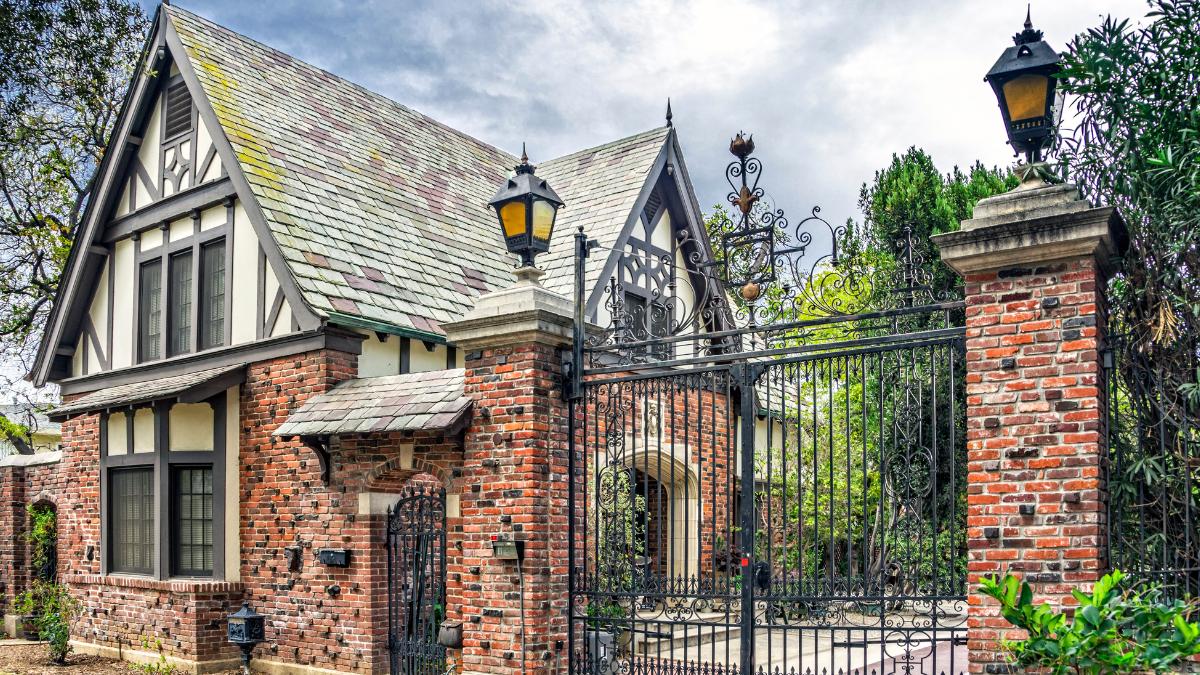Last Updated on April 25, 2025 by Kravelv Spiegel
When it comes to roofing that balances form, function, and timeless curb appeal, gable roof styles consistently top the list. These triangle-shaped structures aren’t just aesthetically pleasing—they’re built to handle the elements with ease. From steep-sloped mountain homes to elegant Colonial estates, gable roofs adapt to nearly every architectural need. Understanding the subtle (and not-so-subtle) differences among gable variations can help you make a smarter, more style-conscious decision for your home.
What Is a Gable Roof?
A gable roof is a roof design featuring two sloping sides that come together at a ridge, creating end walls with a triangular extension called a gable. This simple yet effective design allows rain, snow, and debris to slide off easily, making it ideal for areas with variable weather.
Gable roofs are incredibly versatile and can be modified to fit a wide variety of house styles, from classic cottages to modern minimalist homes.
💡Key takeaways:
- Gable roofs are a versatile and efficient roofing option ideal for various climates and architectural styles.
- There are multiple gable roof styles—such as classic, cross, Dutch, and butterfly—each with distinct structural and aesthetic benefits.
- Choosing the right gable roof depends on factors like climate, home layout, budget, and design preferences.
- Proper maintenance and strategic enhancements like insulation or ventilation can boost the longevity and efficiency of a gable roof.
Common Gable Roof Styles
1. Classic Gable Roof
This is the most common and easily recognizable gable roof style. It features two symmetrical sides that meet at a central ridge, forming a clean triangular shape. The design is beloved for its simplicity, affordability, and effectiveness in areas with heavy rainfall or snowfall.
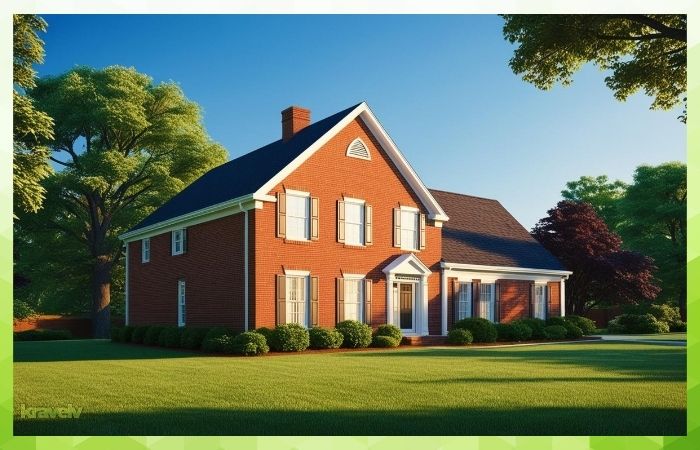
- Design: Two equal slopes meet at the top to form a triangle.
- Pros: Simple to construct, cost-effective, excellent water and snow drainage, maximizes attic space.
- Cons: Can be vulnerable to wind uplift in hurricane-prone areas.
- Best For: Ranch-style homes, Cape Cod cottages, suburban developments.
2. Cross Gable Roof
The cross gable style consists of two or more gable roof sections that intersect, often at right angles. This style is typically used on homes with more complex floor plans. It adds visual dimension to the structure and can highlight certain sections of the home like porches or garages.
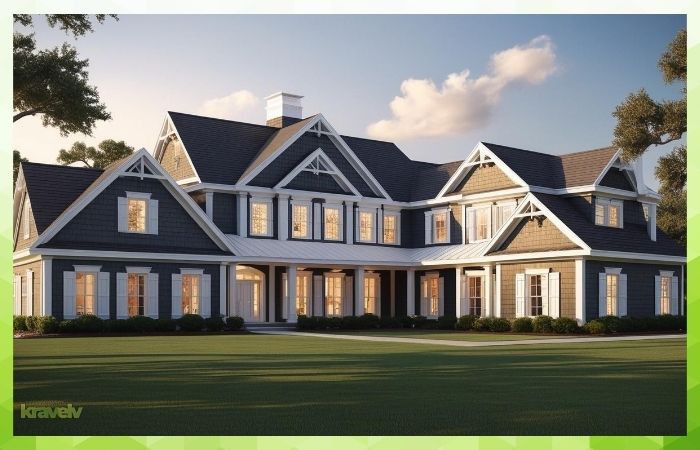
- Design: Multiple gable roof sections intersect at 90-degree angles, usually above different wings of a home.
- Pros: Adds architectural interest and accommodates complex floor plans.
- Cons: Higher construction costs, requires more planning and structural support.
- Best For: Large family homes, Colonial-style houses, multi-wing properties.
3. Dutch Gable Roof
A Dutch gable roof combines elements of both gable and hip roofs. It includes a gable on top of a hip roof, creating a unique look with added upper-level space. This style offers improved ventilation and can handle a variety of weather conditions effectively.
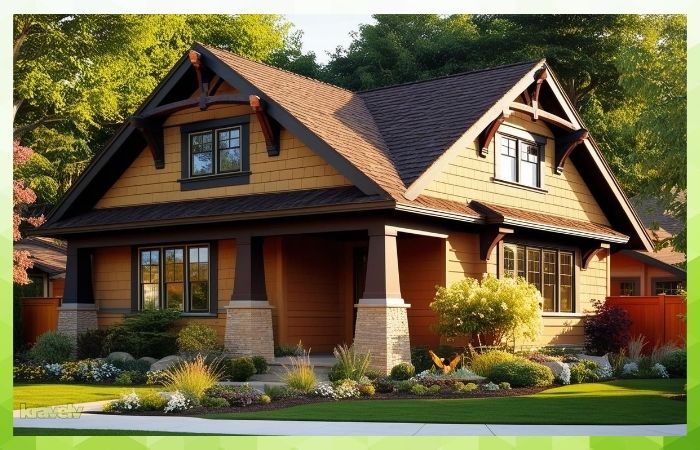
- Design: A traditional gable placed atop a hip roof.
- Pros: Combines aesthetic appeal with better ventilation and wind resistance.
- Cons: More complex and costly to build.
- Best For: Craftsman homes, Mediterranean villas, homes in humid or windy regions.
4. Half-Hipped (Jerkinhead) Roof
This design is a variation of the classic gable roof, where the peak is slightly clipped or hipped. It blends the characteristics of hip and gable roofs, creating a stylish and aerodynamic structure that reduces wind damage.
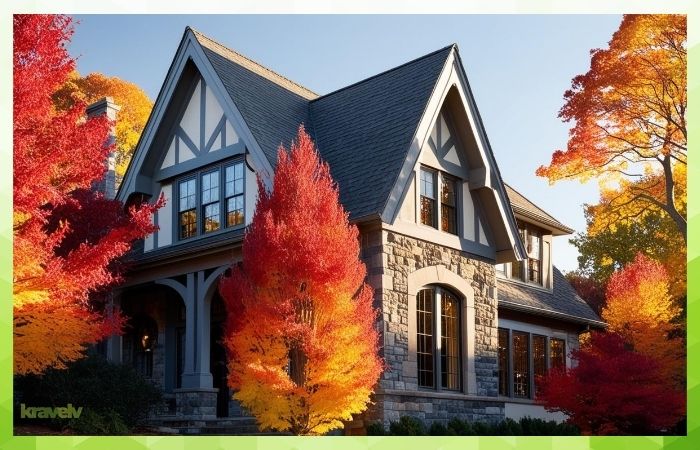
- Design: A gable roof where the upper point is “clipped” or hipped.
- Pros: Offers better wind resistance and a softer visual profile.
- Cons: Slightly reduces attic space, more complicated framing.
- Best For: Tudor-style homes, cottages, Victorian-inspired builds.
5. Saltbox Gable Roof
Inspired by Colonial-era architecture, the saltbox roof features an asymmetrical design with one long slope and one short slope. It gives homes a unique profile while allowing for better water runoff and extra interior height on one side.

- Design: Asymmetrical, with one long slope and one short slope.
- Pros: Ideal for single-story extensions; adds vintage charm.
- Cons: Difficult to frame and insulate evenly.
- Best For: Historic New England homes, Colonial architecture.
6. Steep-Pitched Gable Roof
This style emphasizes a sharp angle in its slopes, which helps snow slide off easily. Homes in colder climates often favor this design for its functional benefits. The increased slope also improves water runoff and may allow for cathedral ceilings inside.
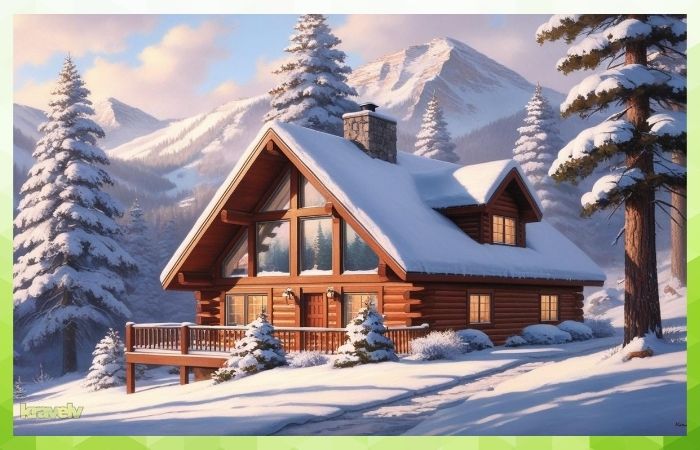
- Design: Features a sharply angled slope.
- Pros: Great for snowy regions, increased attic insulation and drainage.
- Cons: Can limit usable attic space; higher material cost.
- Best For: Mountain homes, Alpine and Scandinavian-style residences.
7. Butterfly Gable Roof
The butterfly roof flips the traditional gable upside-down. Its V-shaped profile captures rainwater and allows for large windows or skylights along the central seam. While visually striking, it requires meticulous waterproofing and drainage systems.
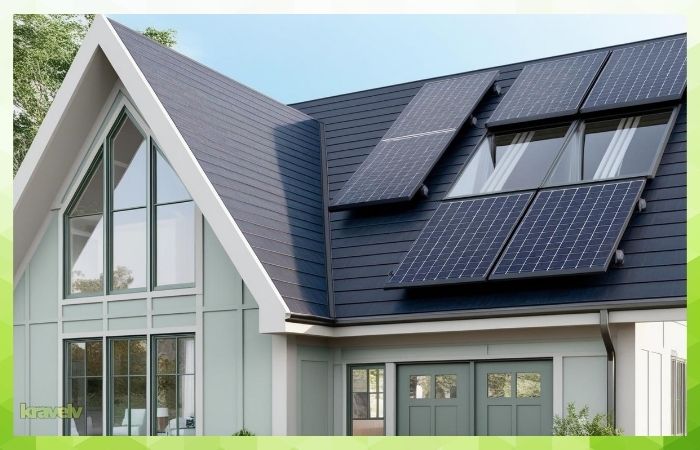
- Design: Two downward slopes that meet in the middle, forming a “V.”
- Pros: Modern aesthetic, allows for clerestory windows and rainwater collection.
- Cons: Poor drainage without proper waterproofing; high maintenance.
- Best For: Contemporary, minimalist, and eco-conscious homes.
Gable roof vs other roof types
| Feature | Gable Roof | Hip Roof | Flat Roof | Gambrel Roof |
|---|---|---|---|---|
| Design Simplicity | Simple, triangular slopes | More complex; slopes on all four sides | Very simple; horizontal plane | Two slopes per side; barn-like appearance |
| Construction Cost | Most affordable | Higher due to complexity | Typically affordable, but depends on materials | Moderate to high, depending on structure |
| Weather Resistance | Great for rain/snow, but less wind-resistant | Excellent wind resistance | Poor drainage; prone to leaks without proper care | Good overall, but less wind-resistant |
| Attic Space | Offers decent attic space | Limited attic due to slope angles | None unless designed with additional structure | Maximizes upper-level space |
| Drainage | Excellent | Good | Poor unless slope is added or drains are installed | Good |
| Best For | Suburban homes, cottages | High-wind zones, hilly terrains | Urban buildings with rooftop usage | Farmhouses, Colonial homes |
| Aesthetic Appeal | Classic, timeless look | Balanced and uniform | Modern, minimalistic | Traditional and rustic |
| Ease of Ventilation | Natural air circulation | Moderate | Needs mechanical ventilation | Good due to open upper structure |
| Suitability for Solar | Highly suitable with south-facing slopes | Moderate | Excellent (large flat area) | Suitable, but depends on pitch |
Gable roof styles FAQs
What makes gable roofs so popular?
Their simplicity, efficient water runoff, and ability to fit various home styles make them a go-to choice for homeowners and builders alike.
Which gable roof style is best for snowy climates?
A steep-pitched gable roof is ideal because it prevents snow buildup and supports efficient insulation.
Are gable roofs expensive to build?
Classic gable roofs are among the most cost-effective, but complex styles like cross or Dutch gables can raise construction costs.
Can gable roofs support solar panels?
Yes—especially south-facing gables, which provide an ideal angle for sunlight capture.
Do all gable roofs offer attic space?
Most do, but the amount varies depending on slope and design; classic and saltbox styles typically offer more usable attic room.
Final words
Gable roof styles offer more than just architectural flair—they deliver dependable performance across climates, budgets, and design preferences. Whether you’re drawn to the straightforward charm of a classic gable or the bold geometry of a butterfly style, the right choice can elevate both the form and function of your home. By aligning your roof design with climate demands, construction budget, and personal taste, you ensure your investment lasts for decades with both style and purpose.
You might also like:

